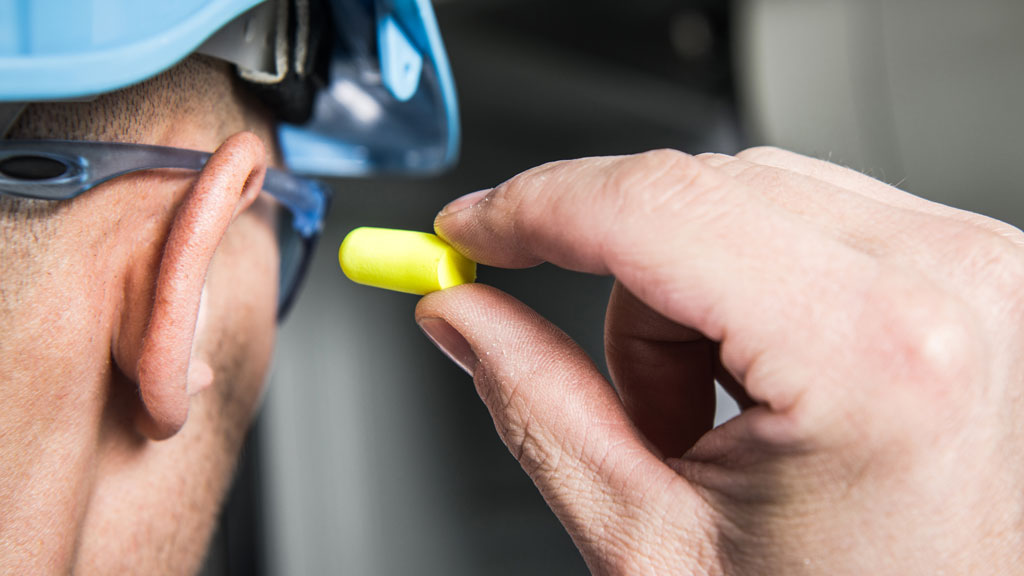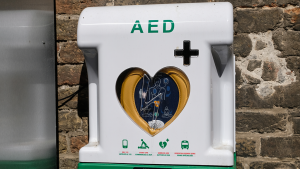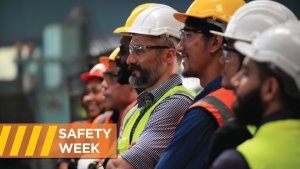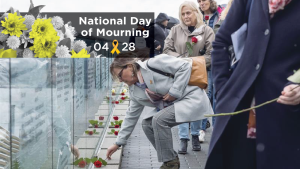Constant exposure to noise generated by ongoing activity and heavy equipment that is present on construction worksites might not seem harmful at first, but it can take a toll, causing irreversible damage.
Almost one quarter of noise-induced hearing loss claims processed by WorkSafeBC over the past decade are from workers in the construction sector. More than 400 construction workers each year are reporting problems, resulting in more than $5 million being spent annually on hearing aids and services.
The team at WorkSafeBC is taking aim at the problem by rolling out a new hearing test submission system that is the first of its kind in Canada — and possibly even the world. Annual audiometric hearing tests will be conducted on workers in high-risk occupations such as construction to gauge the extent of their hearing loss.
“Our ultimate goal, of course, is to reduce noise-induced hearing loss but also to provide employers with more information about how to use these hearing test results in their hearing conservation program,” says Sasha Brown, an occupational audiologist at WorkSafeBC. “It’s not just to say, ‘here’s the test results,’ but, ‘here’s what you can do with them.’”
The system is now live and will speed up the entry of more than 150,000 annual tests for workers. It tracks each worker’s hearing test history to help identify concerns early on, enabling WorkSafeBC to provide guidance to employers on how to address the issues.
A public-facing health and safety data dashboard aggregates hearing test results from across the province and allows employers to be able to compare their results to industry-wide statistics. The system will also provide workers with more information and occupational health and safety officers will have better data so that controls can be put in place for an entire industry, not just one employer.
“Construction is always a focus because we know that there’s noise and we know that there are issues. We know that there’s hearing loss and we know that we’ve got some specific issues like young people reporting that they’re not wearing hearing protection,” notes Brown. “So, we’ve kind of got some red flags to alert us that construction has had some issues that are unique perhaps.”
Sanjesh Roop, an occupational hygiene officer, construction, with WorkSafeBC, says noise is often not viewed as a big issue on sites because it doesn’t hurt.
“Overall, noise on a construction site is common but something overlooked in an occupational setting on construction worksites. A lot of workers, in general, are unaware of the risks. They may not realize the extent of the hearing loss until it’s too late, and this is one of the reasons that prevention is key.”
Figures show that 18 per cent of young workers in construction report they do not wear any hearing protection.
Roop says it may be that they do not understand or are not aware that they are at risk of having issues later on in life.
“A lot of the sound levels in the construction industry are not so extreme. For example, when you compare them to oil and gas or the forestry industry, they don’t reach the level where it’s at the forefront of their awareness.”
He notes younger workers that have spent time in the forestry or the oil and gas sectors, where there is often excessive noise, are more inclined to wear hearing protection when they transfer to construction, while those who have worked only in construction are less inclined.
Colin Murray, senior manager in the risk analysis unit at WorkSafeBC, says the hearing test submission system will give the organization critical information to help workers in various industries.
From a profile perspective, the effects of hearing loss may have been under-served over the years, but the new initiative puts it on the front-burner, he says.
“We have just added the hearing loss prevention initiatives to our broader occupational disease strategy, so we have raised the profile capacity,” he says. “Now it’s up there with a lot of the higher-end occupational diseases in the province.”
WorkSafeBC is now promoting the system to various industries, trades and labour groups.
To raise the profile of the issue, WorkSafeBC is partnering with the BC Construction Safety Alliance as well as groups in the manufacturing industry and intends to work with employer associations and labour groups to promote the message to younger workers about where noise exposures exist.
“We don’t view this as a purely short-term initiative,” says Murray. “We’re raising the profile for it to be a longer-term initiative to build this awareness and let people know what to do, so there’s good knowledge transfer and access to information.”











Recent Comments